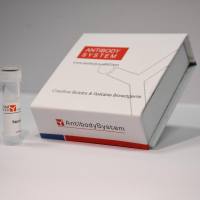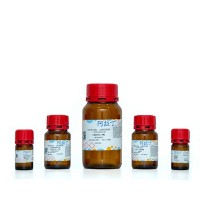In Vivo Voltammetry: The Use of Carbon-Fiber Electrodes to Monitor Amines and Their Metabolites
互联网
546
One of the major challenges for the neuropharmacologist is to relate functions to the numerous ligand binding sites identified in brain tissue; there are, for example, at least seven postulated 5-hydroxytryptamine (5-HT) receptors and associated subtypes. Such studies involve biochemical measurement of changes in second messenger systems, behavioral tests of receptor function or measurement of physiological responses produced by receptor activation, such as release. Most studies measuring release have used radiolabeled transmitters and their release from slices in vitro. A more direct approach would be to measure changes in the release of endogenous transmitter in response to selective agonists and antagonists. In recent years, two methods for measuring endogenous transmitter metabolism and release in vivo have attracted considerable attention. The first involves intracerebral perfusion, using microdialysis tubes in which the perfusate samples are collected and assayed for their transmitter and metabolite content, using specific and highly sensitive assay methods (Ungerstedt, 1984 ; Marsden, 1985 ).







